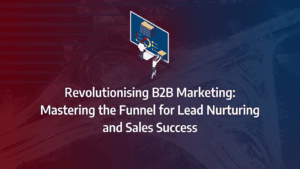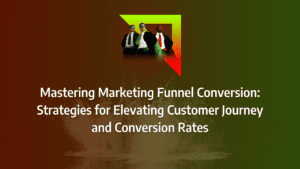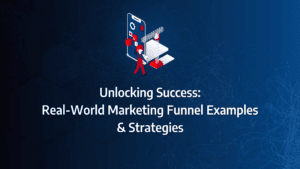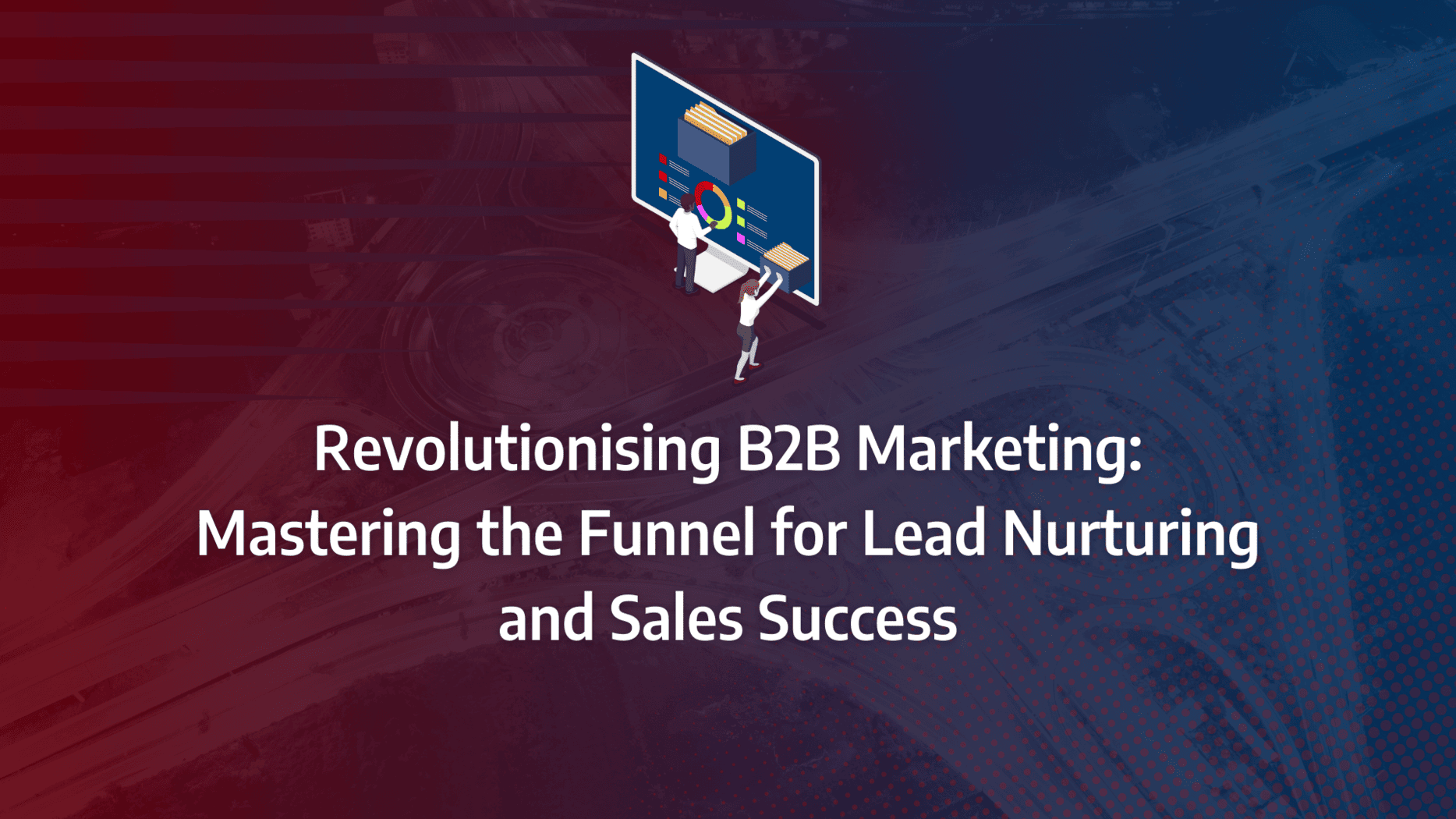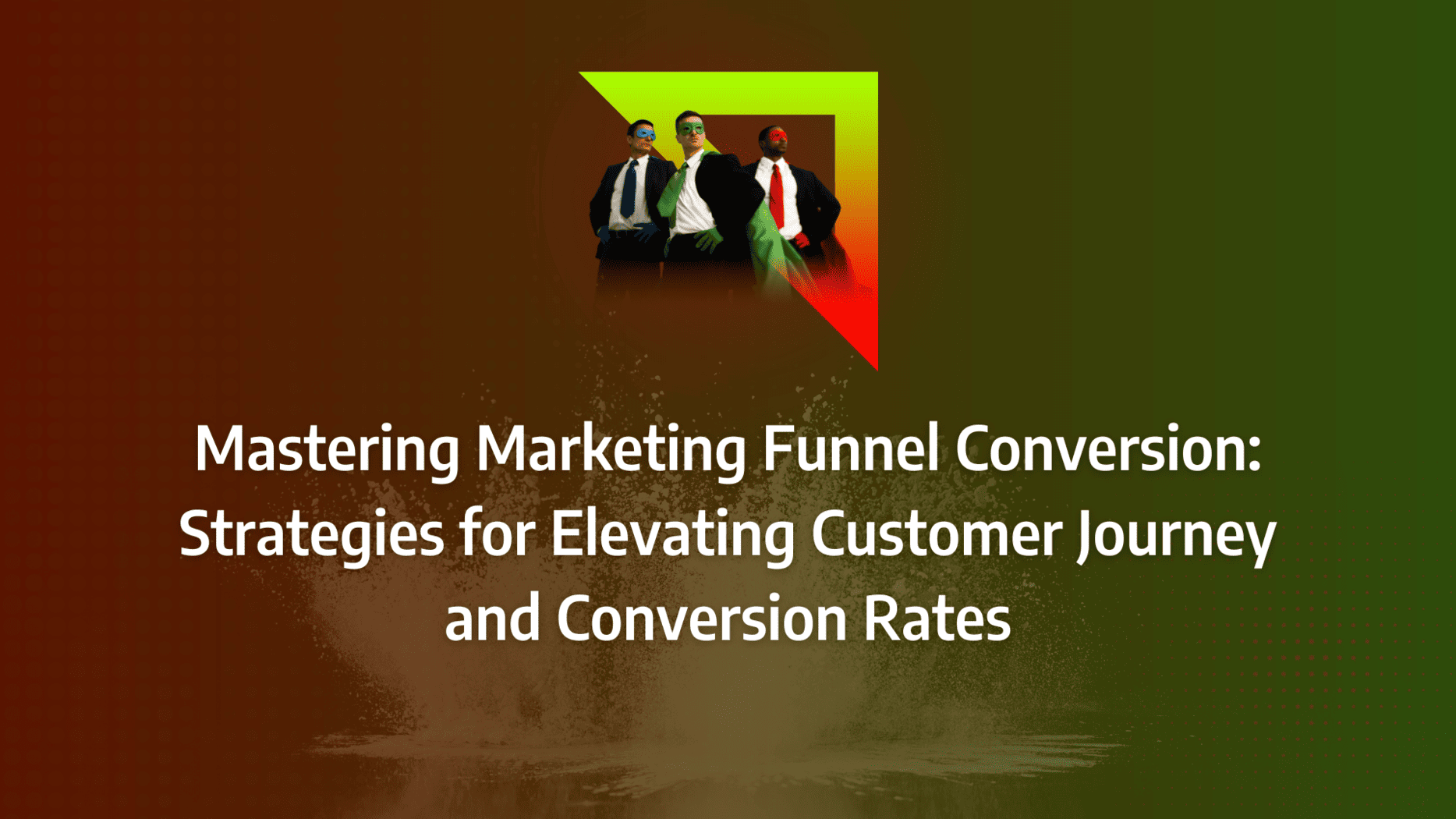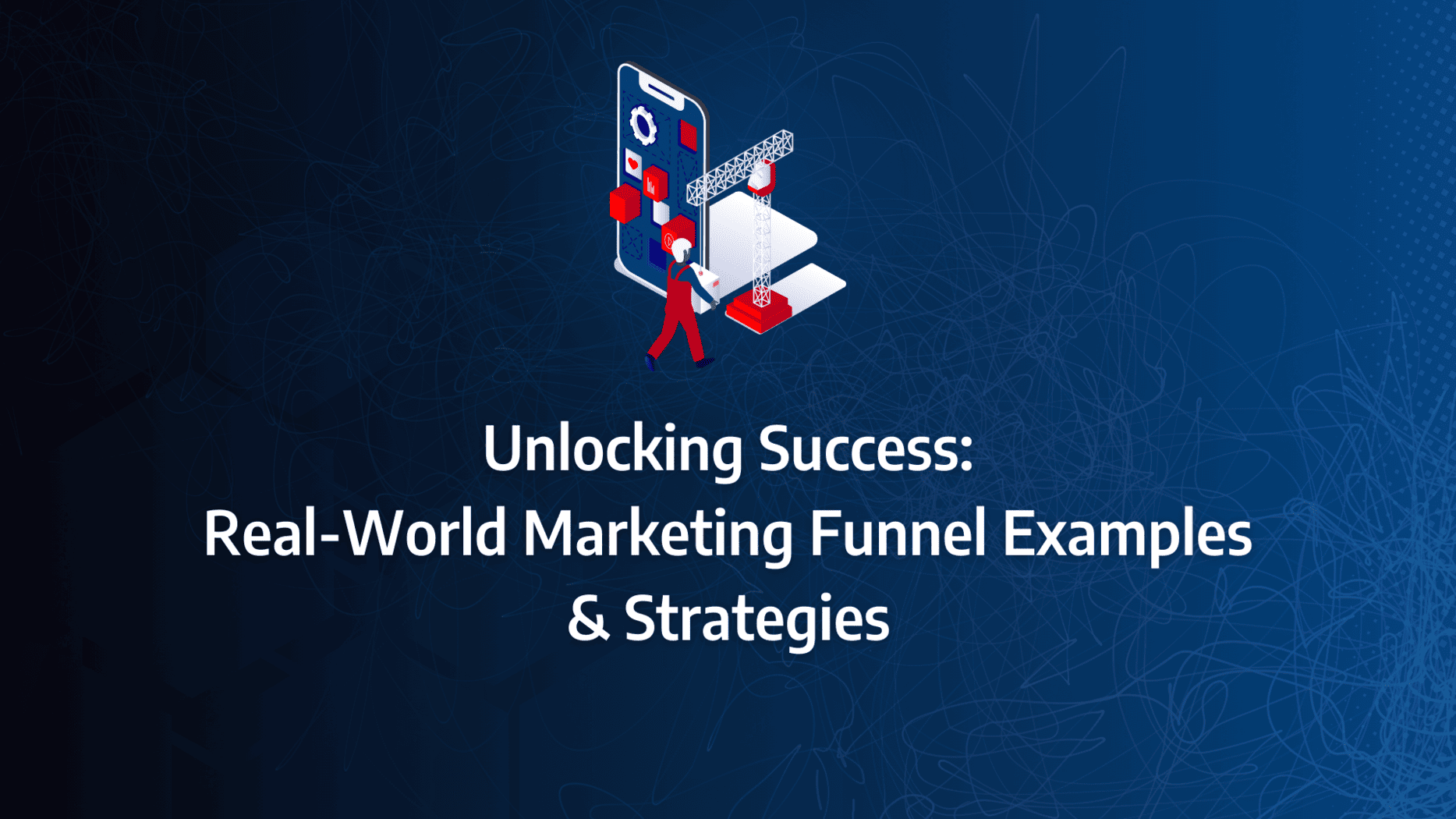Are your marketing funnels truly driving the conversions you need, or are they leaving potential leads untapped? The secret to unlocking your funnel’s full potential lies in understanding the market landscape. Through strategic market research, you can uncover insights that not only guide prospects seamlessly through the funnel but also ensure your efforts align with business goals.
In this post, we’ll delve into how market research can transform your marketing funnel strategy, offering actionable steps to refine your approach and stay ahead of the competition.
- Leverage Market Research: Use primary and secondary research methods to gather actionable insights that will inform each stage of your marketing funnel.
- Build Targeted Buyer Personas: Develop detailed buyer personas from research data to ensure your funnel messaging is tailored and effective.
- Conduct Competitor Analysis: Understand your competitors’ strategies and use this intelligence to refine and optimise your funnel for better results.
- Optimise Funnel Stages: Continuously refine each stage of your funnel—awareness, interest, decision-making—based on ongoing research and data insights.
- Utilise Digital Tools: Implement tools like online surveys and platforms for competitor research to gather the data necessary for funnel optimisation.
- Align with Business Goals: Ensure that your funnel strategy aligns with your long-term business objectives, making your marketing efforts more effective.
How to Research the Market & Build a Winning Marketing Funnel Strategy
Creating a winning marketing funnel strategy necessitates stepping back to gain a comprehensive view of the funnel. Brands must align their long-term vision with immediate actions to generate leads effectively. This guide delves into constructing a successful marketing funnel through tried-and-tested strategies such as market research.
Understanding Marketing Funnel Strategy
A marketing funnel is a structured series of steps or processes that businesses use to guide customers through their journey, from brand awareness to purchase decision. Despite the evolution of sales funnels over the years, the fundamental concept remains unchanged. It begins with creating awareness and meticulously guiding customers towards the purchase phase.
The essential principles in crafting an effective marketing funnel strategy include:
Researching the Market
Market research is pivotal when constructing a marketing funnel. Without a profound understanding of the market, brands cannot develop compelling offers that motivate prospects to act.
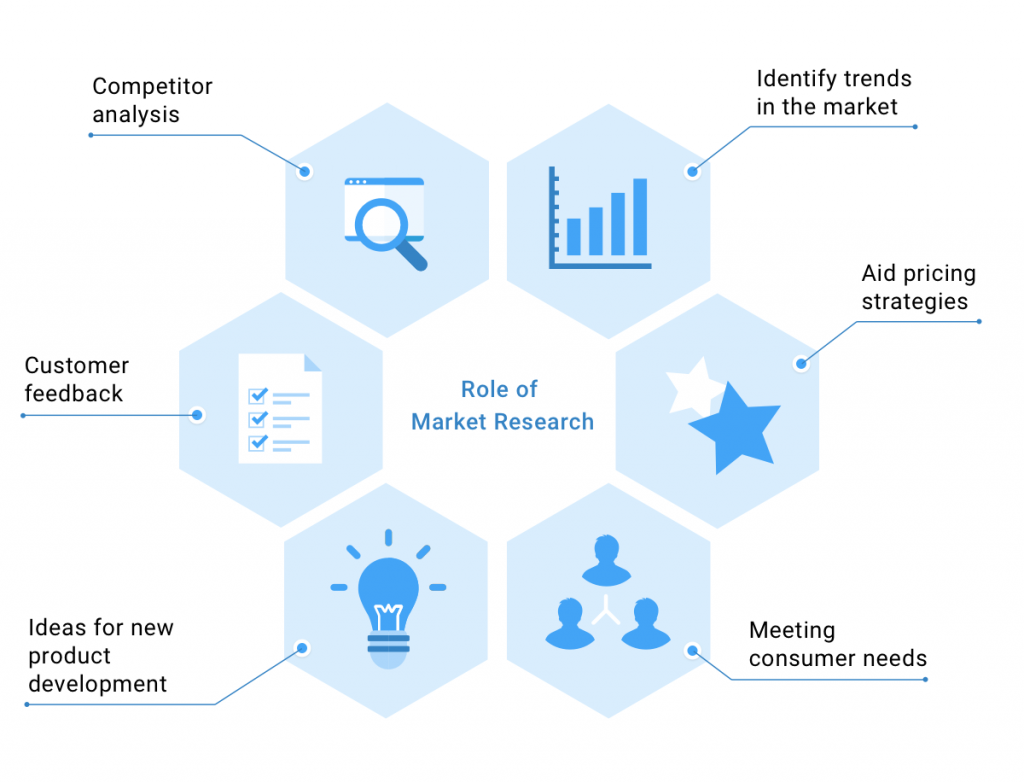
Source: Crunchbase
Benefits of Market Research
Conducting thorough market research enables brands to identify their ideal customers. The better this information is comprehended, the more brands can address pain points in the customer journey, encouraging action. A deep understanding of customer demographics and behaviour allows brands to anticipate needs and create sales funnels that address crucial customer queries.
Utilising market research data helps brands craft more effective messaging strategies. A broad customer profile often results in messages that fail to resonate. However, with a well-defined customer profile, brands can produce consistent marketing messages that attract and engage their ideal customers.
What Matters Most?
From our experience, the effectiveness of a marketing funnel hinges on aligning it with the varying intents of users at each stage. Clients often discover that when their funnel is built around these intents, the customer journey becomes smoother, leading to higher conversion rates. Additionally, embedding customer experience into every stage of the funnel is crucial. This approach ensures prospects feel valued, enhancing their likelihood to convert. Moreover, scalability is key; as your business grows, your funnel must manage increased volume without losing the personal touch that drives engagement and retention.Get In Touch
What are the main differences between primary and secondary market research?
Market research can be categorised into two main types: primary and secondary, also known as field and desk research, respectively. While these terms might seem outdated, they remain relevant in differentiating the sources of data.
- Primary (Field) Research: This involves research conducted firsthand. Methods include focus groups, surveys, and other direct interactions with potential customers. ‘Field’ research refers to gathering data directly from the source.
- Secondary (Desk) Research: This involves using research conducted by others. Examples include studies by researchers, financial data from companies, and other pre-existing data sources.
Advantages of Primary Research:
- Tailored to your specific needs
- Provides fresh, up-to-date insights
- Can delve deep into specific issues or challenges
Disadvantages of Primary Research:
- Can be more expensive
- Time-consuming
- Requires more resources
When to Use Each: Consider using primary research when you need specific insights tailored to your business or when addressing a new challenge or market segment. On the other hand, secondary research is ideal for getting a broad overview of the market or when resources are limited.
Incorporating Market Research into Funnel Strategy
Combining primary research and existing customer data helps brands identify their ideal customers. For startups without an existing customer base, heavy reliance on market research can validate assumptions and guide strategic decisions.
Key Market Research Methods:
- Face-to-Face Interviews: Historically used for insights into consumer media habits and ad recall, these provide direct, qualitative data.
- Focus Groups: Small groups provide feedback on products or ads, offering valuable insights for refining marketing strategies.
- Phone Research: Previously a staple for its efficiency, it faces challenges with declining landline use but remains valuable.
- Survey Research: Cost-effective and broad-reaching, surveys capture consumer attitudes and preferences without in-person interaction.
- Online Market Research: Leveraging digital platforms, this modern method allows for convenient and less intrusive data collection.
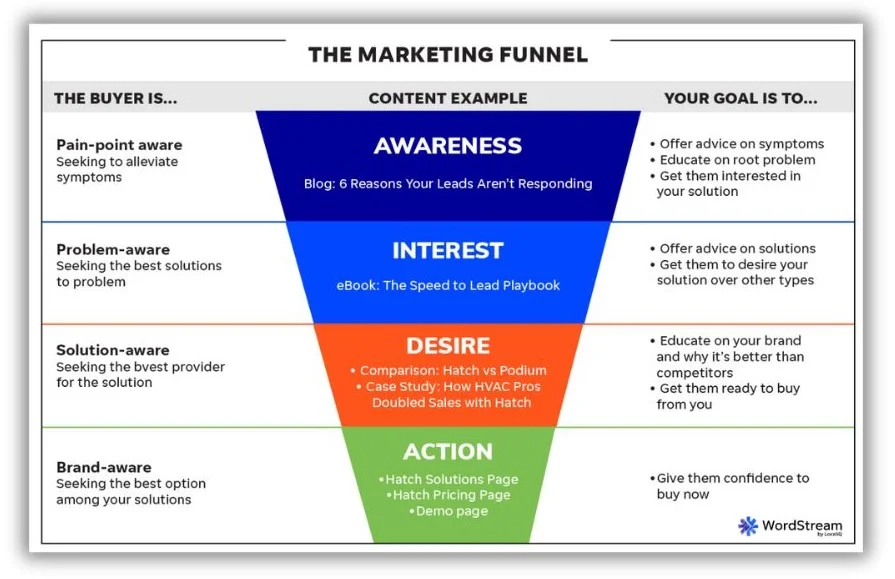
Building a winning marketing funnel strategy is anchored in robust market research. By understanding the market, identifying ideal customers, and leveraging both primary and secondary research methods, brands can develop effective marketing funnels. These strategies not only attract leads but also guide them seamlessly through the journey to purchase, ensuring a high conversion rate and sustainable growth.
Market Research Methods for A Great Funnel Marketing Strategy
Identifying ideal customers necessitates a combination of primary research and existing customer data. For startup brands without a customer base, heavy reliance on funnel research is crucial to validate assumptions and guide strategic decisions.
Types of Market Research for Effective Funnel Marketing
- Face-to-Face Interviews: Historically, market research companies conducted street interviews to gather insights about newspapers and magazines people read, and whether they recalled any ads or brands. This data was then compared to the publication’s circulation to assess ad effectiveness. Modern funnel marketing strategies still draw on these techniques.
- To understand your market comprehensively, it’s essential to grasp demand, market size, economic indicators, location, market saturation, and pricing.
- Focus Groups: A focus group involves a small, representative group of consumers who try a product or watch an advertisement. Their feedback on the product, brand, or competitors provides valuable insights. Companies use this data to decide whether to release, modify, or abandon a product.
- Phone Research: The evolution from street interviews led to telephone interviews, which were more efficient and cost-effective. Although landline use has declined, making this method more challenging, it remains a viable option for market research.
- Survey Research: Surveys offer a cost-effective alternative to focus groups, capturing consumer attitudes without in-person interviews. Typically sent via mail with incentives like coupons, these surveys help determine consumer feelings about a product, brand, and price point.
- Online Market Research: As people spend more time online, market research activities have transitioned to digital platforms. Surveys are now conducted online, allowing participants to engage at their convenience. This method reduces intrusiveness and rush, enabling more thoughtful responses.
By incorporating these market research methods into your funnel marketing strategy, you can accurately identify and engage your target audience. This robust approach ensures that your market research strategy aligns with the broader objectives of your marketing funnel, enhancing its effectiveness and driving sustainable growth.
How can competitor research improve my marketing funnel strategy?
Competitor research is instrumental in helping brands emulate successful business practices and outperform their competition. By understanding competitors’ strategies, brands can refine their own marketing funnel strategy to attract and convert more leads effectively.
Discover Competitors’ Traffic Sources
Every successful marketing funnel starts with traffic generation. Indeed, traffic is the lifeblood of an effective marketing funnel. Without the right traffic, even the most targeted sales pages will fail to perform. Therefore, it is essential to analyse where competitors attract their traffic. This insight allows brands to dig deeper into their competitors’ lead generation strategies and optimise their own funnel marketing efforts.
Tools to Consider:
- SimilarWeb
- SpyFu
- Competitors App
These tools provide valuable data on competitors’ traffic sources, enabling brands to understand and leverage similar strategies.
Learn from Competitors’ Social Media Strategies
Social media is a significant source of leads for many businesses. Brands should take the time to review their competitors’ social media strategies. Tools such as Social Mention and Hootsuite can be utilised to monitor competitors’ social media presence. By analysing their posts and ads across various platforms, brands can identify what generates audience interest and engagement.
Analyse Competitors’ Paid Ads
SEMRush is a powerful tool that offers insights into competitors’ paid ad tactics. This includes understanding their ad strategy, keyword management, and cross-group negative optimisation. By examining these elements, brands can enhance their own paid ad campaigns within their marketing funnel strategy.
Enter Competitors’ Sales Funnels
Entering a competitor’s sales funnel is an excellent way to gain a deeper understanding of their marketing strategies. Start by visiting their website, noting all lead magnets, and signing up for their newsletter. This process will reveal the competitor’s content strategy and the tactics they employ to convert leads into customers.
Driving Traffic to Your Site
A critical step in developing a marketing funnel is understanding how to drive traffic to your website. Traffic can be divided into two main types: paid and unpaid.
Paid Traffic vs. Unpaid Traffic:
- Unpaid Traffic: This traffic is free but requires significant effort and time to build. It includes organic search, social media engagement, and content marketing.
- Paid Traffic: While it incurs advertising costs, paid traffic can bring immediate results. Brands that lack the patience for organic growth can benefit from investing in paid traffic.
Utilising Lead Magnets
To attract a broader pool of qualified traffic, brands should use lead magnets such as exclusive content, discounts, free shipping, free trials, or access to an online tool. The choice of lead magnets should closely align with the brand’s offerings to ensure relevance and effectiveness in the funnel marketing process.
Our Tactical Recommendations
We’ve found that regular content audits are essential for maintaining alignment between your content and the stages of your funnel. Clients often refine their messaging to better match where prospects are in their journey. Implementing exit-intent pop-ups has proven effective in capturing leads right before they leave, reducing drop-offs significantly. From our experience, incorporating social proof during the consideration phase builds trust and credibility, making prospects more likely to move forward in the funnel. These tactics help in keeping the funnel robust and effective.Get In Touch
Creating Effective Buyer Personas for a Winning Marketing Funnel Strategy
Crafting a detailed buyer persona is a crucial component of any marketing funnel strategy. Before a brand can design advertisements or draft content, it must understand its customers. A well-defined buyer persona provides a clear picture of the target customer, setting the foundation for successful funnel marketing.
What is a Buyer Persona?
A buyer persona is a comprehensive description of a brand’s ideal customer. It includes essential details ranging from demographic data to personal interests. This document helps brands understand who their customers are, enabling them to tailor their marketing efforts effectively.
Importance of Buyer Personas in Funnel Marketing
Knowing your buyers is vital for success. A detailed buyer persona allows brands to define their target customer clearly, guiding the entire sales process. Additionally, buyer personas help identify the best sources to attract initial leads at the top of the funnel, enhancing the overall marketing funnel strategy.
To gather information for buyer personas, brands can use various methods:
Surveys: For brands with an existing audience, surveys are an excellent way to develop buyer personas. Tools like Survey Legend, Survey Method, My Survey Lab, and Survey Monkey make this process straightforward.
Secondary Research: Companies, non-profit organisations, and governments often conduct research that is either freely available or for a small fee. Opinion polls, census data, and industry reports provide valuable insights into buyer personas. Websites such as Think with Google and Statista offer free market research resources.
Media Audit: Conducting a media audit requires some initial knowledge of the audience but can significantly enhance an existing buyer persona. This involves examining what the target audience shares on social media or reads online.
For instance, exploring Facebook groups, forums, or Reddit can reveal common interests and concerns among potential customers. Identifying the most discussed topics helps brands understand what their audience cares about, further refining their market research strategy.
What tech tools can help optimise my marketing funnel for better conversions?
The digital landscape offers a plethora of tech tools to help brands create and optimise their marketing funnel strategy. Utilising these tools effectively can streamline your funnel marketing efforts, ensuring a seamless customer journey from awareness to conversion.
Landing Page Builders
While it is possible to create landing pages on general website builders like WordPress or Wix, dedicated landing page builders offer enhanced flexibility and additional features that significantly improve conversion rates.
Key Features of Landing Page Builders:
- A/B Testing: This feature allows brands to test different versions of their landing pages to determine which performs best, ensuring that the pages work as intended.
- Optimised Themes: These platforms provide a variety of templates designed not only to attract leads but also to enhance conversion rates.
- Integration Ready: The primary goal of a landing page is to collect leads. Most landing page builders are designed to integrate seamlessly with various email marketing tools such as AWeber, MailChimp, and ActiveCampaign.
Recommended Landing Page Builders:
ClickFunnels
ClickFunnels is a comprehensive software solution for managing the entire sales funnel. It offers multiple funnel templates and systems suitable for a wide range of services and products.
Features of ClickFunnels:
- Customer Follow-up: Allows brands to engage with existing and potential customers via email, desktop notifications, text, Facebook Messenger, and more.
- Multistep Process: Guides new customers through a multistep process, increasing both customer lifetime value and order size.
- Product Launch Campaigns: Facilitates the planning and execution of product launches.
- Membership Platforms: Supports the creation of membership sites.
- Network Marketing Funnels: Optimises network marketing efforts.
- Webinar Promotions: Simplifies the promotion and management of webinars.
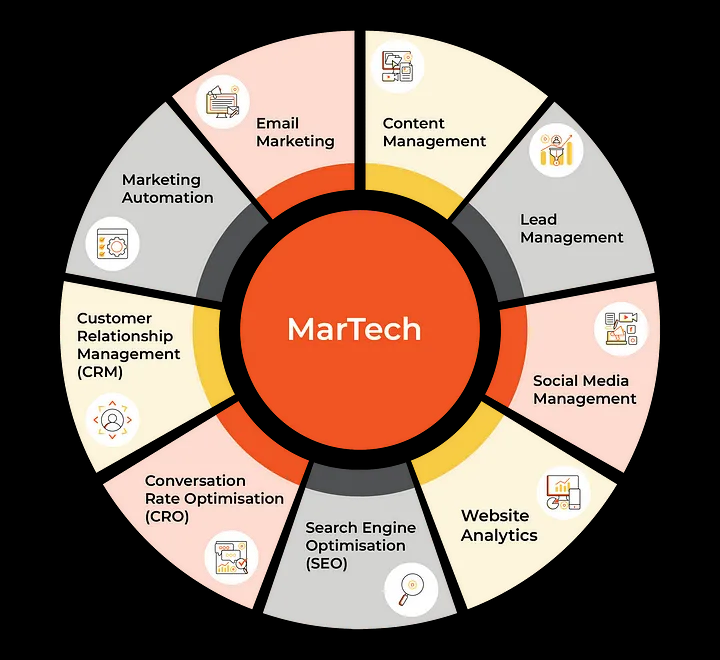
WordPress
One of the significant advantages of using WordPress for building a sales funnel is its affordability. WordPress offers a variety of plugins that can simplify all tasks related to a sales funnel directly within the website.
Benefits of WordPress:
- Flexibility: With the right plugins, WordPress offers extensive flexibility in creating and designing capture pages for the sales funnel.
- Affordability: Numerous affordable plugins are available to streamline funnel marketing processes.
Recommended WordPress Marketing Funnel Plugins:
By leveraging these tech tools, brands can create a robust marketing funnel strategy that drives higher conversions and optimises customer engagement throughout the funnel. Integrating these solutions into your funnel marketing approach will ensure a smooth and efficient customer journey, enhancing overall marketing performance.



